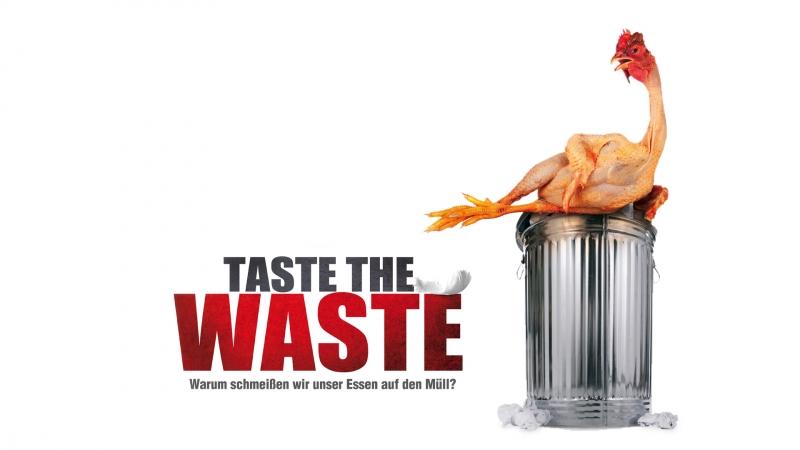Taste the Waste
Submitted by dilemma on

Stating that all the food thrown away in North America and Europe could feed all the hungry people in the world three times over, “Taste the Waste” is a documentary written and directed by Valentin Thurn with cinematography by Roland Breitschuh. In an hour and a half the documentary - released in 2010 - shines a light on the shocking amount of food that globally goes to waste and some innovative ideas on how to make usage of this.
Following different perspectives from people all involved and affected by the food industry – farmers, supermarket owners, a bakery owner, local banana famers in Cameroon and power suppliers - we dive into the how and why there’s such a large amount of food going to waste.
It starts at the bottom of the food production chain where retailers define the standard for food. A German farmer tells how 40 till 50% of his crops go to waste because they don’t meet the standard expected set by the retailer and the consumers expectation. Being either to big, small or blemished, the crops are left at the field. Tomatoes go through a color scheme to see if they have the expected red color. Curved cucumbers never make it to the supermarket, besides looking off, less of them fit in a box because of their shape. Which means higher transportations costs.
Supermarkets on their hand have the strategy to keep the freshest and best-looking food because that increases their sales. All the food nearing expiration date or looking less good is thrown away.
Out of all the products that do end up in the consumers’ house, the average household throws away 45kg of food a year that’s unopened or within the expiration date.
Reducing food waste by half would prevent as much climate-affecting gasses as taking every other car of the road. Also a study of sixty landfills in America and Canada exposed if food waste was reduced by half, it would cut 7,5% of methane gas that effects the Ozone.
Farmers already unite at farmers markets, selling their own products straight to the consumer. A German bakery recycles his leftover bread in a way that it can be used to heat the ovens in the bakery. A German biogas plant produces gas out of food waste. Other people are taking initiative in teaching kids how to prepare vegetables and teach them about food. So they are aware and can spread their knowledge further and hopefully be the corner stones of a new generation.


